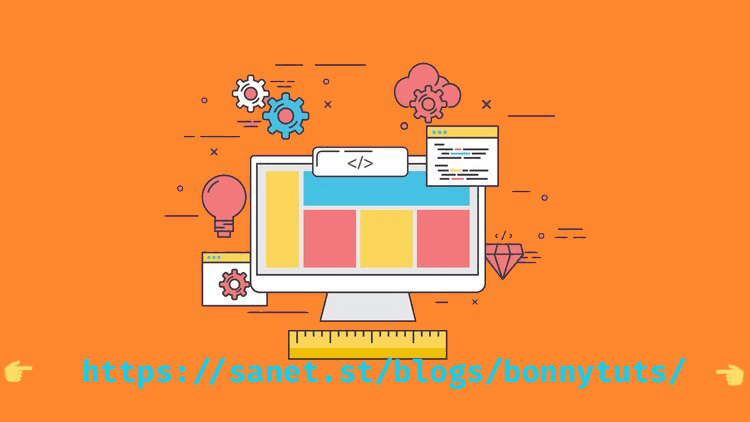
MP4 | Video: h264, 1280×720 | Audio: AAC, 44.1 KHz, 2 Ch
Genre: eLearning | Language: English + srt | Duration: 26 lectures (1h 52m) | Size: 1.17 GB
Python is the most widely used language for natural language processing (NLP) thanks to its extensive tools and libraries for analyzing text and extracting computer-usable data.
Maximize your NLP capabilities while creating amazing NLP projects in Python
Core Concepts
Convert Text to Symbols
Developing a Text Classifier
Vector Representation
Learn basic string processing in python
Learn how to tokenize text so it can be processed as symbols
Identify the grammatical parts of a sentence
Understand the capabilities and limitations of NLP
Basic Python programming knowledge is helpful but not required
Natural Language Processing is one of the fields of computational linguistics and artificial intelligence that is concerned with human-computer interaction. It provides a seamless interaction between computers and human beings and gives computers the ability to understand human speech with the help of machine learning.
This course will take you through a range of techniques for text processing, from basics such as parsing the parts of speech to complex topics such as topic modeling, text classification, and visualization. The course starts with an introduction to NLP. You’ll study different approaches to NLP tasks, and perform exercises in Python to understand the process of preparing datasets for NLP models. Next, you’ll use advanced NLP algorithms and visualization techniques to collect datasets from open websites, and to summarize and generate random text from a document. In the final chapters, you’ll use NLP to create a chatbot that detects positive or negative sennt in text documents such as movie reviews.
Humans also have different sensors. For instance, ears perform the function of hearing and eyes perform the function of seeing. Similarly, computers have programs for reading and microphones for collecting audio. Just as the human brain processes an input, a computer program processes a specific input. And during processing, the program converts the input to code that the computer understands. As you advance, you’ll also see how to extract information from text, implement unsupervised and supervised techniques for topic modeling, and perform topic modeling of short texts, such as tweets. Additionally, the course shows you how to develop chatbots using NLTK and Rasa and visualize text data.
By the end of this NLP course, you’ll have developed the skills to use a powerful set of tools for text processing.
Web Developers
Software Developers
Programmers
Anyone interested in machine learning and Python
DOWNLOAD
uploadgig.com
https://uploadgig.com/file/download/243fe6e754F6e32f/_AI_with_Pyt.part2.rar
https://rapidgator.net/file/59dd2673114f426e5986d58f5aae1ae8/_AI_with_Pyt.part2.rar.html
nitro.download
